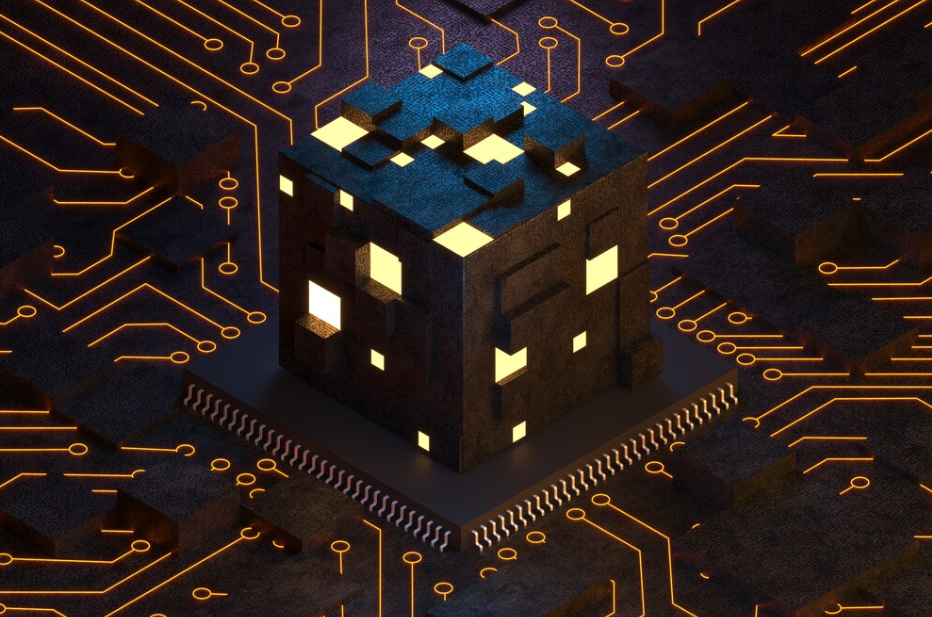In the hyper-connected world of smart homes, digital assistants, and always-on screens, a strange and subtle emotion is emerging: meta-loneliness. It’s not just being alone. It’s feeling observed by machines that simulate presence without offering connection — the eerie sensation of being watched by something that will never truly know you, or care to.
This is the paradox of modern technology: a world full of “smart” devices that surround us, track us, respond to us — and yet, leave us feeling more emotionally isolated than ever.
The Illusion of Attention
Your phone knows your location, your fridge knows what you eat, and your streaming service knows your guilty pleasures. Surveillance is dressed up as convenience. But there’s a key difference between being seen and being understood.
- A notification is not a conversation.
- A recommendation is not empathy.
- A biometric sensor is not care.
We are surrounded by machines that gather intimate data, yet offer no meaningful emotional reciprocity. The result? A form of loneliness that’s uniquely digital: being known by systems that cannot love you back.
How Meta-Loneliness Feels
Meta-loneliness isn’t a dramatic emptiness — it’s subtle, ambient, and chronic. It’s the sense that:
- You are constantly being monitored, but never truly heard.
- Your emotional states are inferred by algorithms, but never acknowledged with warmth.
- Your presence powers systems, yet those systems remain emotionally indifferent.
It’s the unsettling silence after you say “thank you” to a voice assistant. The blankness of a smart speaker that never asks how your day went. The feeling of being in a room full of sensors, but no souls.
Machines as Mirrors, Not Friends
Modern interfaces are built to mimic intimacy: they smile, they speak, they “learn” your habits. But their mimicry is skin-deep. These systems aren’t companions — they are mirrors reflecting your patterns, not your personhood.
Even worse, the emotional simulation can blur the line between authentic connection and algorithmic manipulation. We may begin to mistake interactivity for intimacy. But a system that adapts to keep you engaged is not doing so out of care — it’s following a conversion metric.
Design Without Empathy
At the core of meta-loneliness is a design failure: systems optimized for efficiency, engagement, and data extraction, but not for human emotion.
While some efforts exist — emotionally intelligent AIs, mental health chatbots, adaptive UI tone — they are still tools, not companions. Without true understanding, they risk becoming hollow simulations of care: empathetic in tone, but not in intention.
A New Kind of Solitude
This phenomenon marks a shift in how we understand solitude. In the past, solitude was absence. Today, it is presence without connection.
- You are never truly alone — but never fully with anyone either.
- The digital world offers endless interaction — yet shallow relationships.
- You’re visible to systems — but invisible in spirit.
This isn’t just a psychological issue; it’s a cultural one. We are designing a society that is hyper-aware of our behaviors but blind to our being.
Designing for Genuine Connection
Can we design our way out of meta-loneliness? Maybe not entirely — but we can do better. Here are some design directions:
- Slow Technology: Interfaces that prioritize presence over productivity. Silence is okay. Stillness is allowed.
- Transparent Intentions: Make systems honest about their purpose — not feigned empathy, but clear communication.
- Ambient Companionship: Systems that provide comfort without pretending to be human.
- Emotionally Literate Design: Tools that support human connection, rather than replace it.
Conclusion
Meta-loneliness is the quiet ache of the digital age — the feeling of being watched, tracked, and known, but not truly seen. It reveals the emotional blind spots of our technological infrastructure.
In designing the future, we must ask more than “Does it work?” We must ask:
“Does it care?”
Or at least, “Does it leave room for care from others?”
Because connection isn’t a feature. It’s a need.


